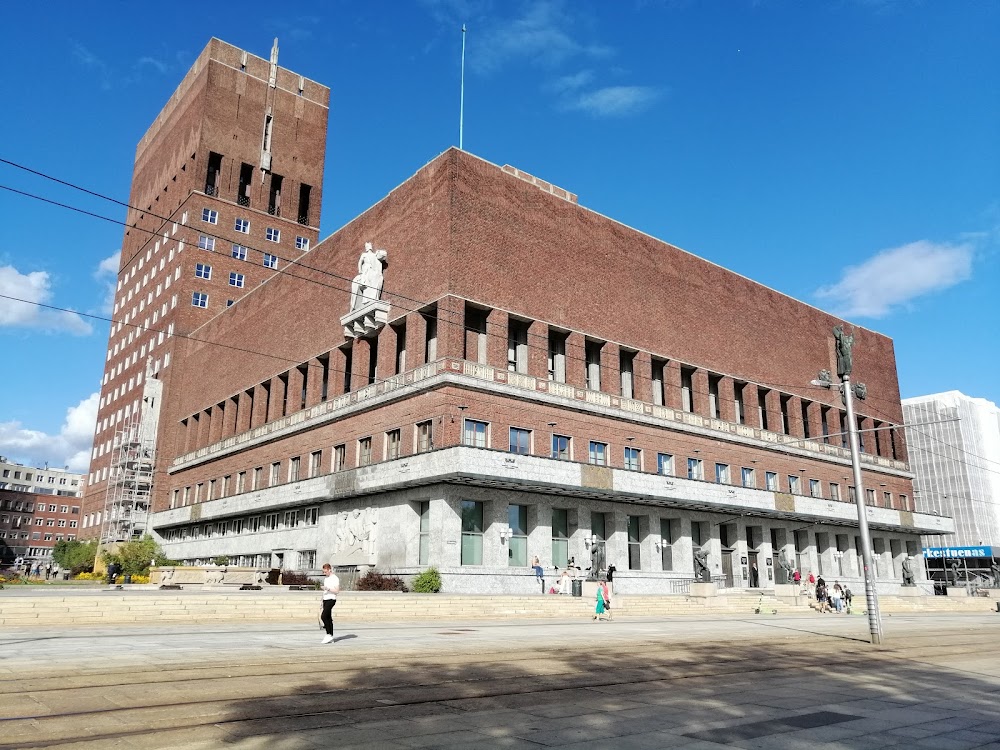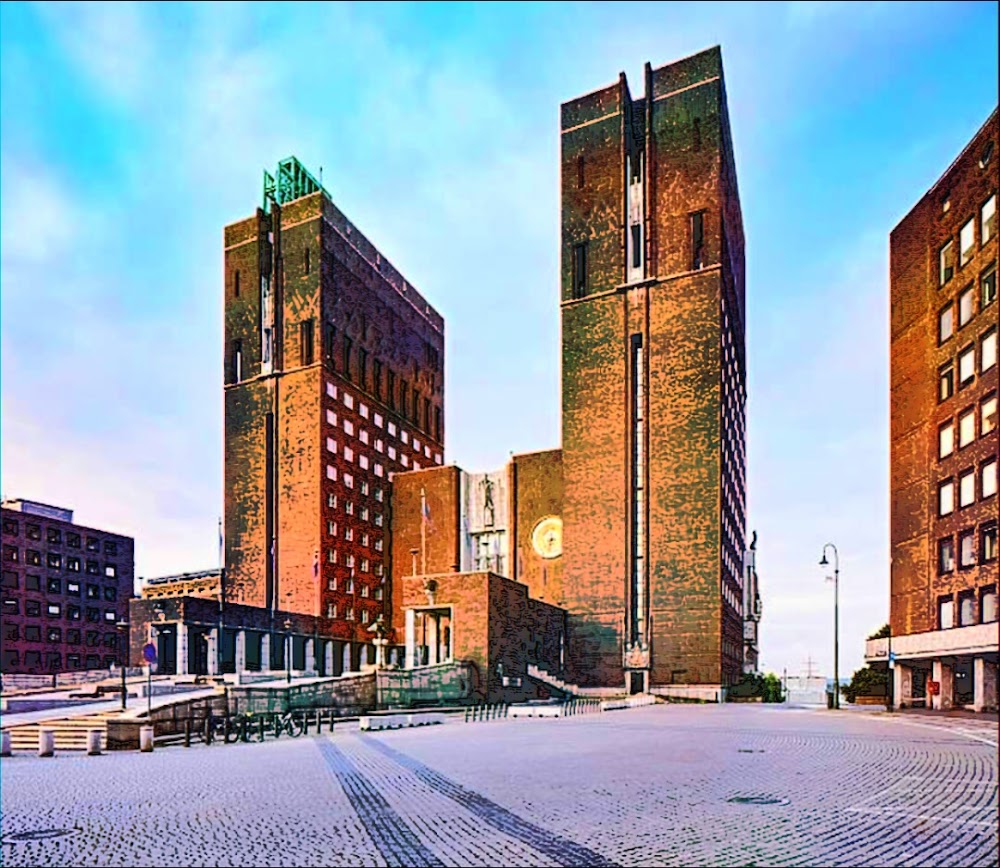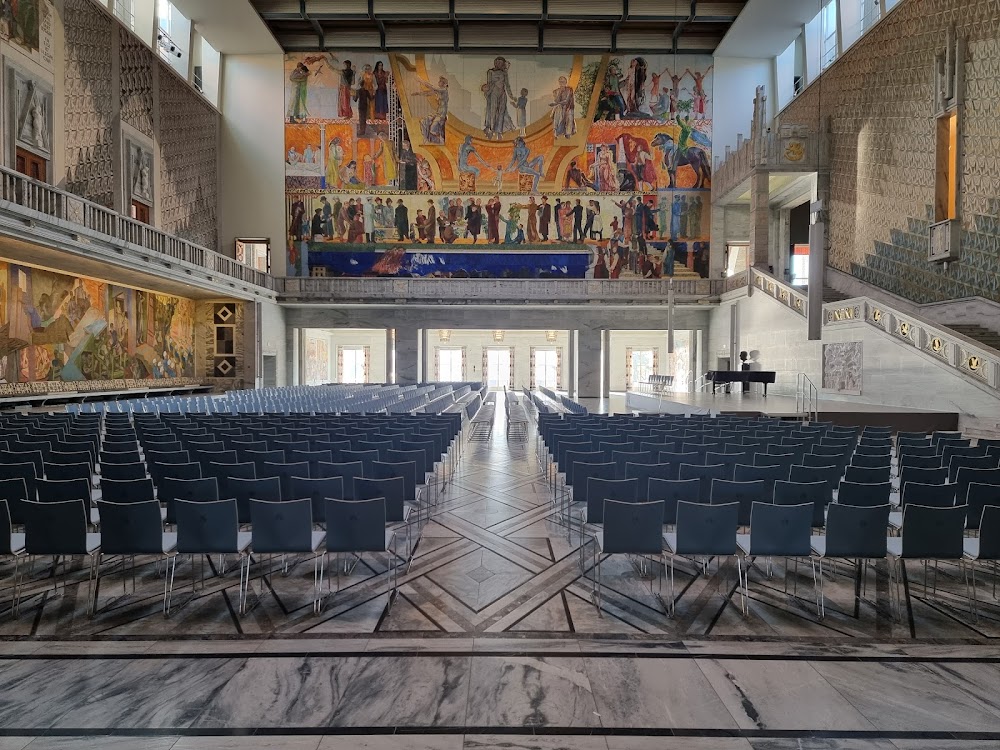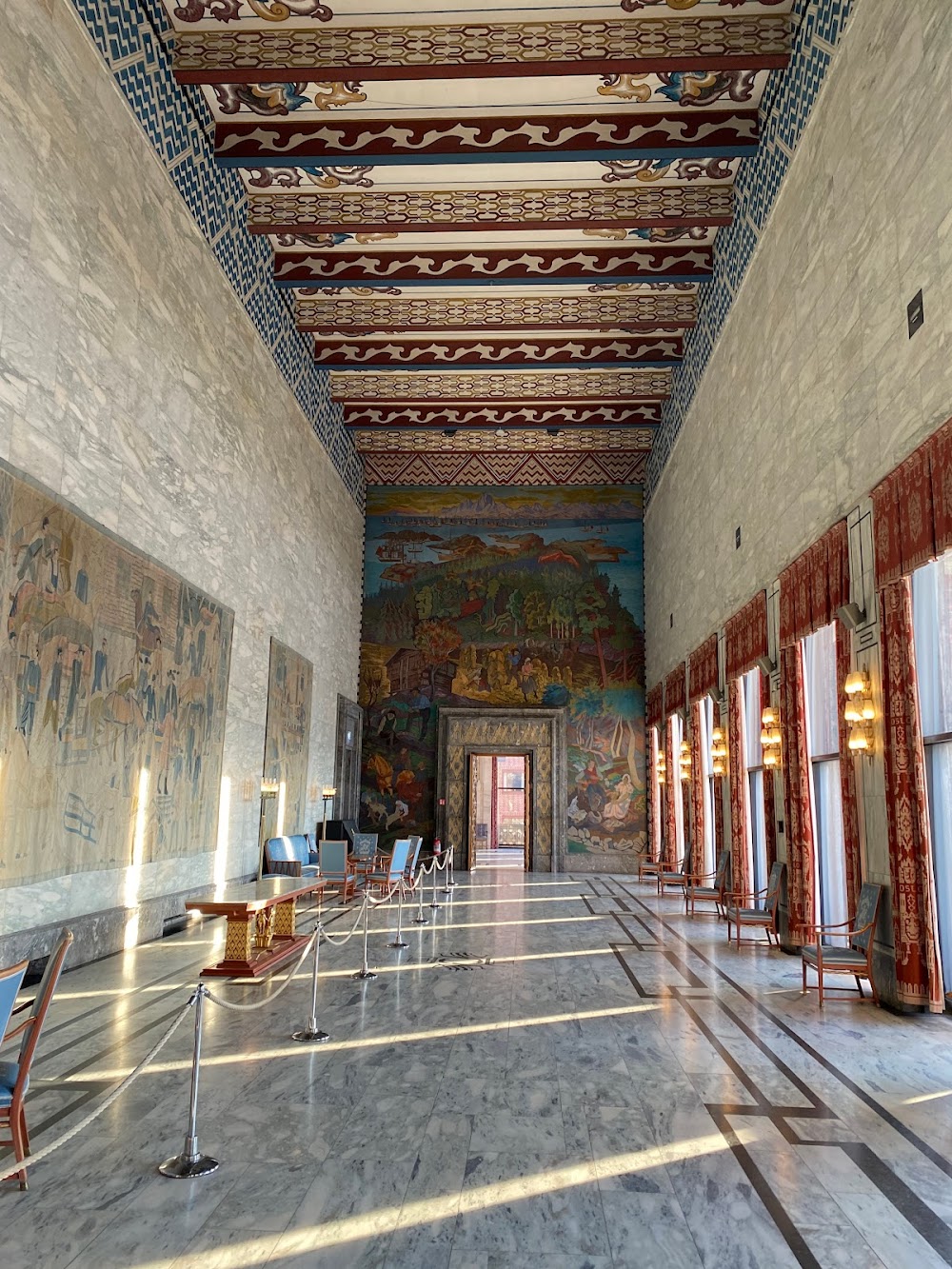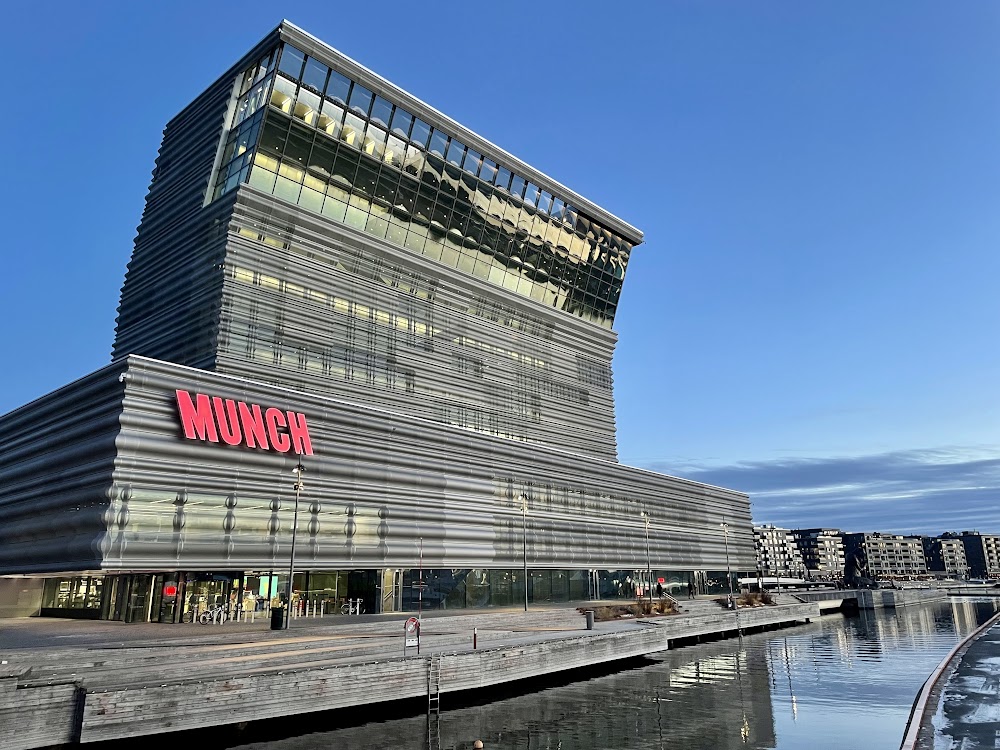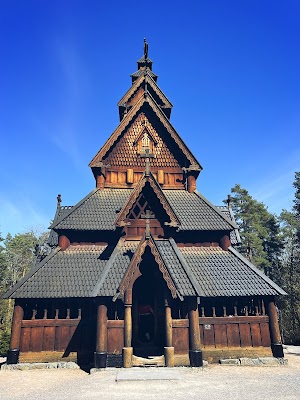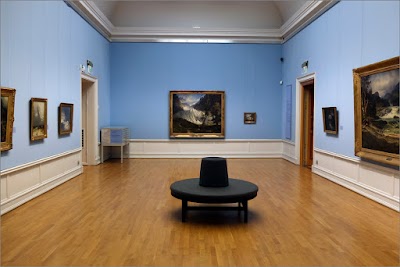Oslo City Hall (Oslo rådhus)
Overview
Oslo City Hall: A Functionalist Masterpiece
Nestled in the heart of Oslo, Norway, Oslo City Hall stands as a striking example of functionalist architecture. The need for a new city hall emerged in the early 20th century when the existing facilities could no longer meet the growing demands of the city. Planning for this monumental project began around 1915, but construction was delayed due to World War I. It wasn't until 1931 that a competition was held to select a design, which was ultimately won by the renowned Norwegian architects Arnstein Arneberg and Magnus Poulsson.
A Journey Through Time
The official groundbreaking ceremony took place on September 1, 1931, and initial progress was swift. However, World War II brought significant setbacks, halting construction during the Nazi occupation of Norway. The building site remained dormant for several years until work resumed post-war, leading to the completion of Oslo City Hall in 1950.
Architectural Highlights
Oslo City Hall is particularly notable for its two towering spires that dominate the skyline. The east tower rises to 66 meters, while the west tower reaches 63 meters. These towers not only serve an aesthetic purpose; they house offices and the machinery for the large clock adorning the building's facade. Built primarily from durable red brick, the structure reflects traditional Norwegian building methods, connecting the past with the present.
Stunning Interior Details
Step inside, and you'll find the interior equally captivating. The Central Hall is a focal point, featuring massive murals that narrate Norway's rich history, culture, and working life. Created by some of the country's most celebrated artists, such as Alf Rolfsen and Henrik Sørensen, these murals are complemented by luxurious Norwegian marble flooring and custom-made chandeliers, adding an air of elegance to the functional space.
Art and Craftsmanship
Special attention was devoted to integrating Norwegian art and craftsmanship throughout Oslo City Hall. From exquisite wood carvings to intricate tapestries and statues by local artists, every detail has been thoughtfully curated. Even the furniture was custom-designed for the hall, showcasing the finest Norwegian woods and craftsmanship.
A Prestigious Venue
Among its many functions, Oslo City Hall is renowned for hosting the Nobel Peace Prize ceremony each year on December 10th. This prestigious global award finds a fitting venue in the hall's elaborate decorations and grandeur. Additionally, the eastern tower features an intricate astronomical clock designed by the esteemed engineer Rolf Konli, enhancing both its aesthetic appeal and functionality.
A Cultural Hub
Oslo City Hall is more than just a government building; it serves as a vibrant cultural center for the city. With numerous events, exhibitions, and concerts hosted throughout the year, it remains a lively hub for both locals and tourists alike. Its prime location near the Oslo Fjord, as well as notable landmarks like the Royal Palace and Akershus Fortress, further enhances its significance.
A Symbol of Resilience
This grand structure stands as a testament to Norway's resilience, creativity, and commitment to public service. Its unique blend of functional design and artistic splendor makes it an enduring symbol of Oslo's rich heritage and dynamic future. Visitors to Oslo City Hall can appreciate its architectural beauty while gaining valuable insights into the cultural and historical tapestry that defines both the city and the nation.


